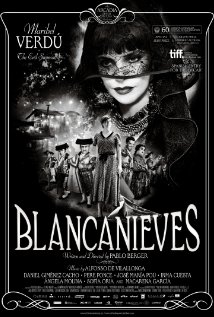 Blancanieves/2012/Arcadia Motion Pictures, et al/104 min.
Blancanieves/2012/Arcadia Motion Pictures, et al/104 min.
Luminously beautiful, compelling and surprisingly moving, “Blancanieves” is a fairytale noir that’s a must-see for lovers of black and white and silent film. Writer/director Pablo Berger’s exquisite rendering of “Snow White” takes place in 1920s Seville and tells the passionate story of Carmen (Macarena García), the daughter of a famous bullfighter (Daniel Giménez Cacho), and her struggle to escape from under the thumb of her evil stepmother Encarna (Maribel Verdú).
Carmen has inherited her father’s talent in the ring and, after a near brush with death at the hands of Encarna’s henchman, Carmen, as Blancanieves (Snow White), is rescued and becomes the star of a troupe of seven bullfighting dwarves. But, like any cruel and conniving femme fatale worth her salt, Encarna isn’t that easy to vanquish and she reappears to cause murderous trouble for Carmen.
“The film is true to the dark spirit of the popular tale from the Brothers Grimm,” says Berger. “I use melodrama as a way of pushing the limits of characters in extreme situations.” Visually, Berger’s film is a celebration of the work of the masters of silent cinema, such as F.W. Murnau, Jacques Feyder and Victor Sjostrom. Superb music from Alfonso de Vilallonga heightens the mood of edgy enchantment.
Whereas the much acclaimed, Oscar-winning and gorgeously shot French b&w silent “The Artist” sometimes seemed slightly pat and overly commercial, Berger’s willingness in “Biancanieves” to take risks results in a poetic, personal work that’s rich in texture, stunning in design and daring in vision.
“Blancanieves” opens today in New York and LA with a national roll out to follow.





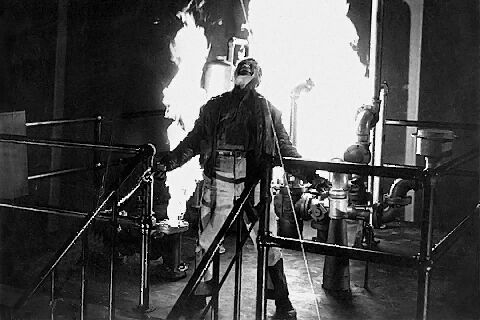
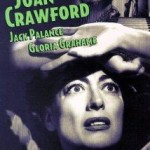

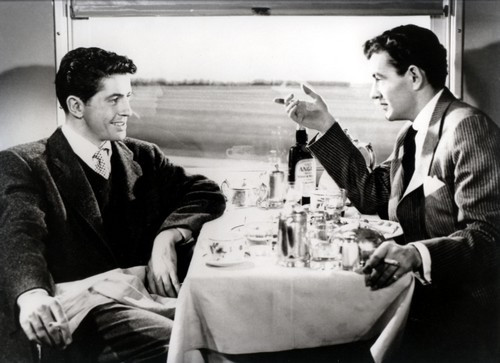
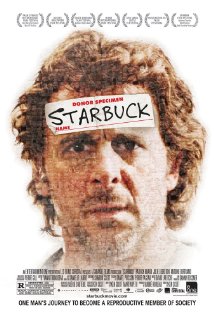
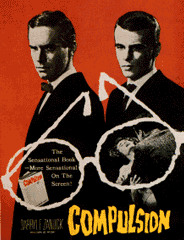
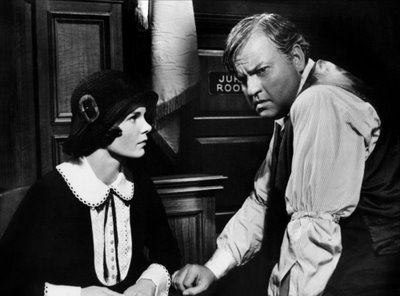

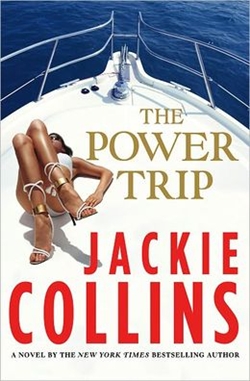
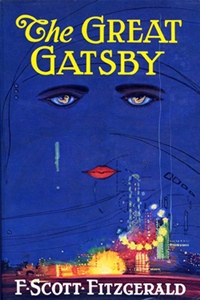
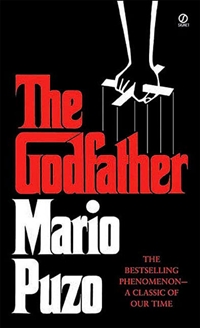
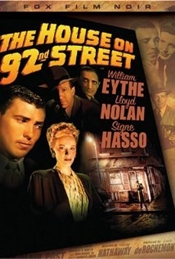
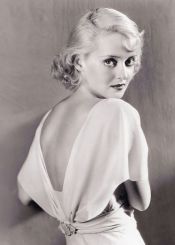
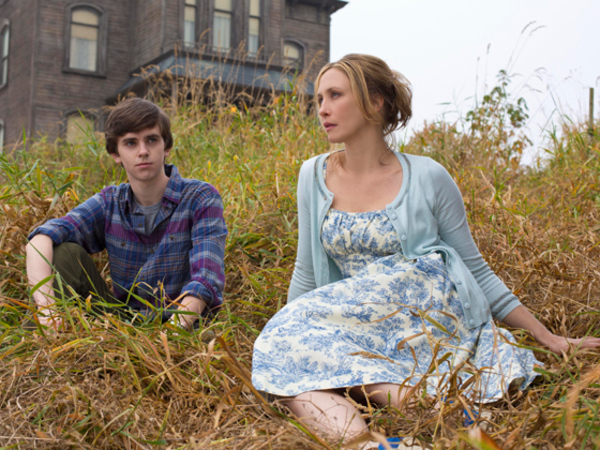
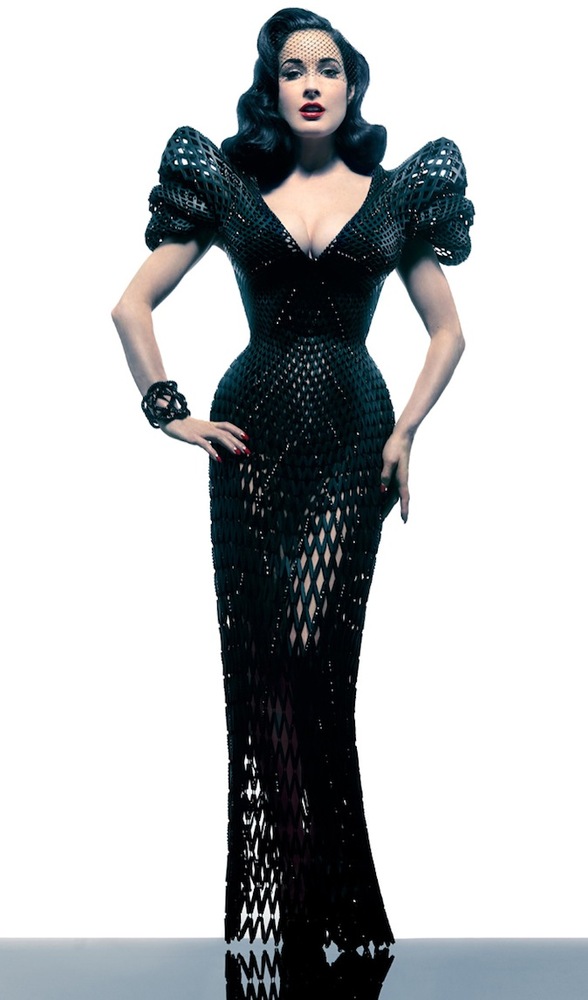





From FNB readers